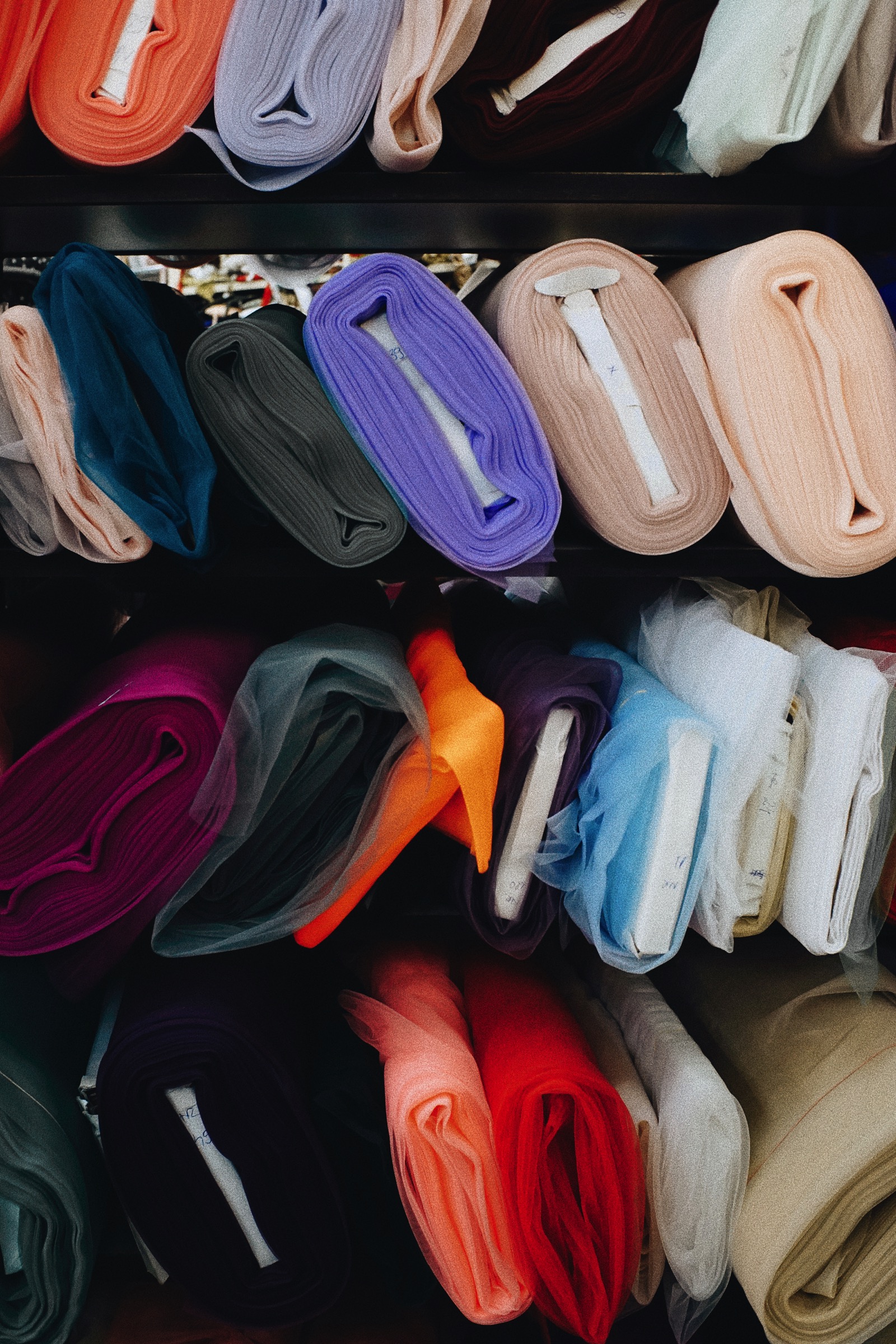In the large format printing industry, managing material inventories is not easy. Of course, we keep a good quantity of the most popular products in reserve in order to avoid any shortage of stock, but sometimes unexpected events occur.

In a previous article, we described several situations requiring contingency management. When a volume order arrives and the number of structures required is not sufficient in the inventory, or the quantity of fabric for the printing of canvases to be produced, it is necessary to quickly switch to solution mode.
To this end, M&M Graphic has developed various strategies to respond to such a situation. It all depends on the missing material to fill the demand. If it is about structures, it is necessary to see the possibility of ordering from the United States, delivered by air. This will be the fastest and least expensive. Otherwise, in the worst case, we will order from suppliers in Asia in EXPRESS mode by air. If it is about fabrics, then different supplier options exist. Depending on their current inventory and as needed to fulfill orders here in Montreal, we will find the combination of options that is most advantageous for the customer. Obviously, we will have to explain to him what these steps entail and if there are additional costs to be invoiced.
What you need to know is that generally customers can be categorized into two main subgroups: first there are resellers, who often order in small quantities each time, and second, there are large chain stores that order large quantities, often at the change of seasons, that is to say every three (3) months, mainly for canvas replacements. As with the majority of companies working in the fashion industry in Quebec, all of their advertising and marketing focus on seasonal changes to highlight the new collection to come.
So, when an order for several hundred canvases to be printed suddenly arrives, how do you manage production and be able to supply the requested material quickly? It’s simple: we consult the fabric inventory. If we have enough material to print all the canvases, we start production right away. If the quantity of fabric required is insufficient in inventory, we then consult the customer to find out what their priorities are and we will then produce in two or three parts, depending on the new arrivals of fabric. The first production is delivered to the priority branches, then the others, according to the deadline agreed with the customer.
What you also need to know is that very often, customers who are going to make volume orders will go about it in advance to check what are the production times for a particular quantity of fabrics to be produced. . Experienced marketing managers know the industry and know that suppliers need several days or even a few weeks generally to produce large quantities. The key therefore remains to always consult the customer service team to find out what lead time is required for a particular order. Several factors will come into play for estimators to provide an accurate delivery date: number of visuals, number of lots, total quantity, sizes, finish, and other factors such as deliveries , packaging, etc.
In addition, it may be useful to know that M&M archives information about the type of fabric used for each order and for each customer. We can therefore consult the production archives for the customer who orders new fabrics and make sure that he will be provided with the same fabric as for the fabrics produced for this same branch during the last order. If necessary, all the liners must be changed to avoid visible differences between one liner and another, which could be installed side by side. However, many different fabrics provide such a similar finish that it is difficult, if not impossible, to spot any differences with the naked eye.
It is best to communicate with customer service before each special, non-standard, or volume order, so that we can properly guide the customer and avoid unpleasant surprises and unnecessary disappointments.
